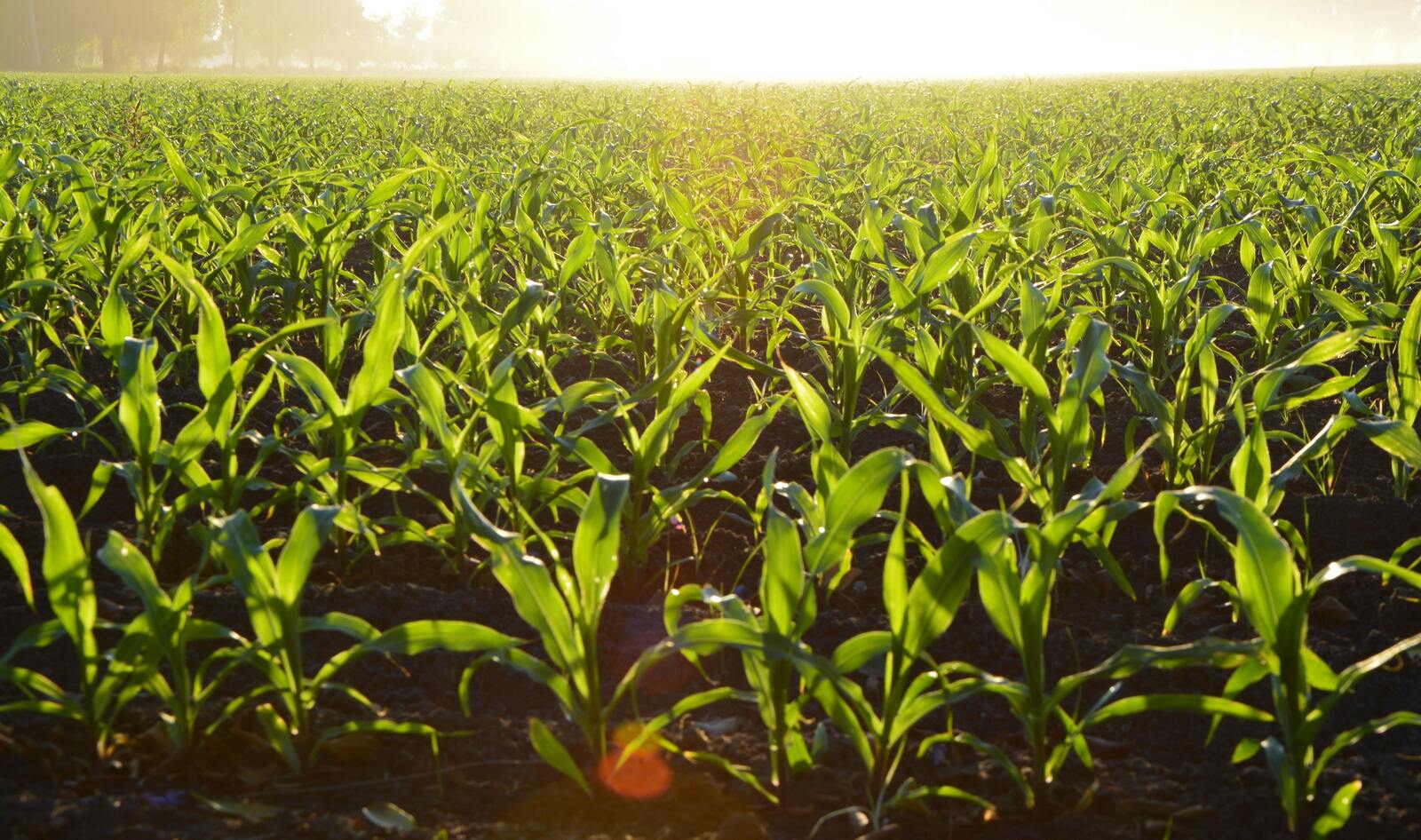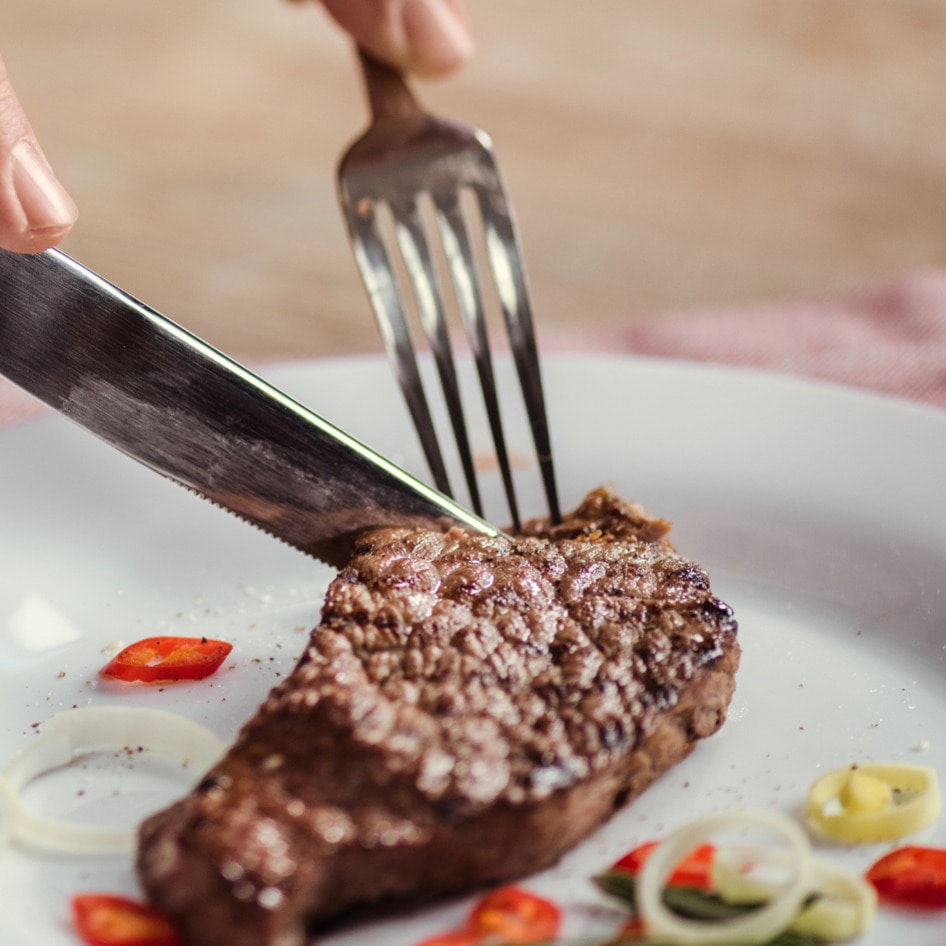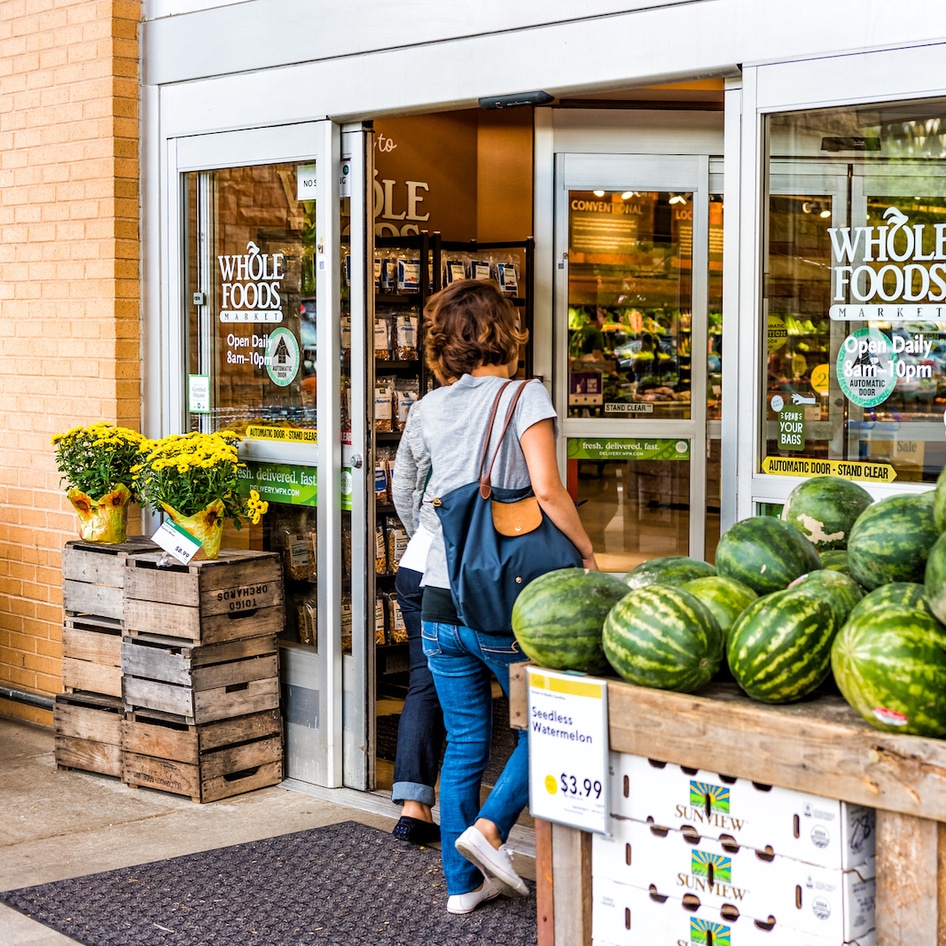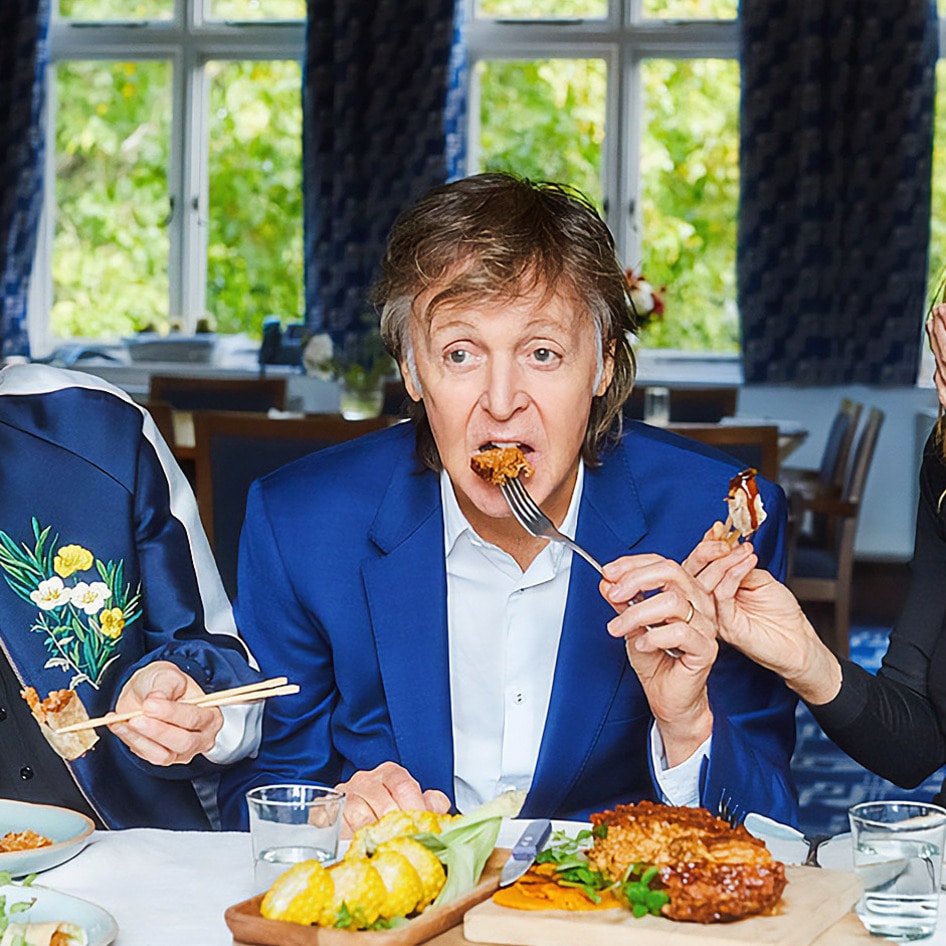Most of us don’t spare a thought for soil that often. But, the truth is, without it, we’d struggle to survive. After all, it is responsible for growing most of our food. That’s one key reason why it’s incredibly important that we take care of our soil. But the Earth beneath our feet can also play another significant role: tackling the climate crisis.
It turns out, healthy soil can actually pull carbon out of the atmosphere. But, right now, not all of our soil is in good condition. Around the world, soil is being degraded and depleted by agriculture, particularly animal agriculture. In fact, in the US, industrialized livestock is responsible for around 85 percent of all soil erosion.
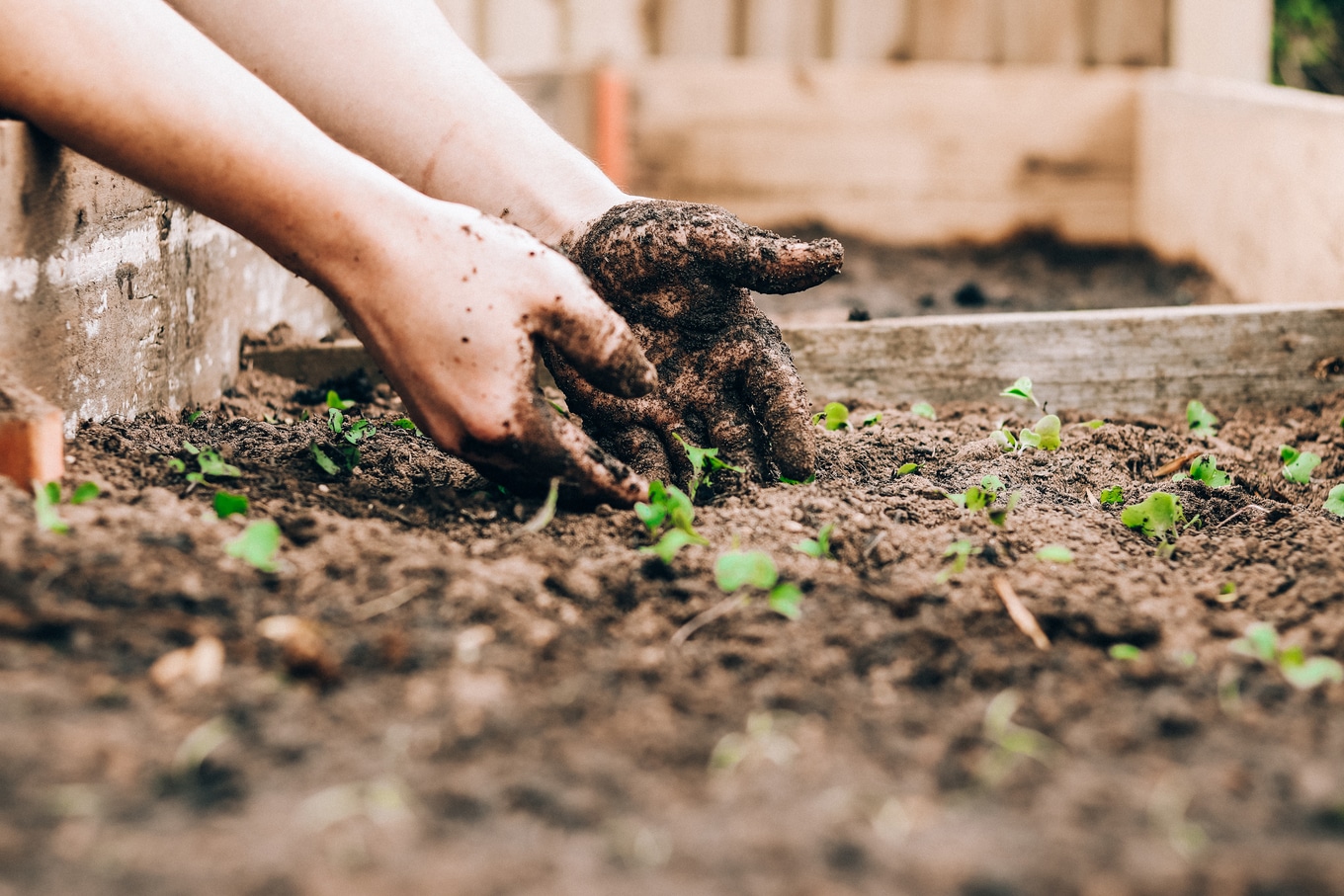 Unsplash
Unsplash
One solution to reduce the impact farming has on the land is to embrace a technique called regenerative agriculture. But what does this actually mean? And will it involve leaving animal farming behind for good?
What is meant by regenerative farming?
Regenerative agriculture is essentially about creating a system of farming that helps to improve the land, and not deplete it.
“In short, [it’s] a system of farming principles and practices that seeks to rehabilitate and enhance the entire ecosystem of the farm by placing a heavy premium on soil health with attention also paid to water management, fertilizer use, and more,” notes The Climate Reality Project, a climate change education nonprofit.
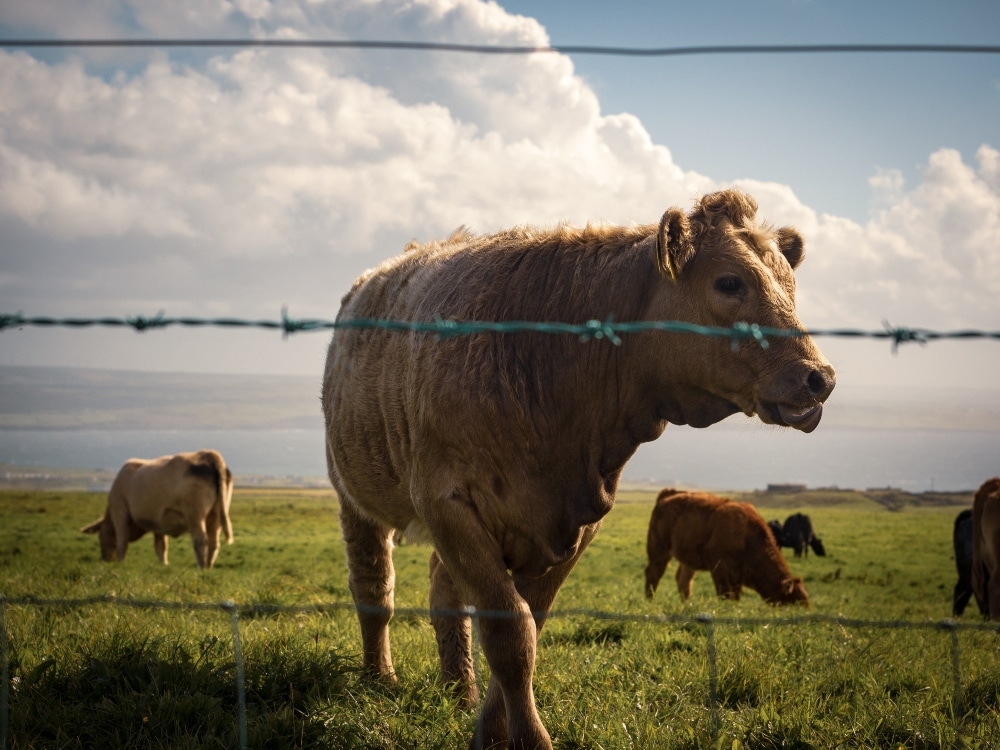 Unsplash
Unsplash
It involves moving away from intensive plowing and tilling, which erode soil, as well as increasing plant diversity, rotating crops to infuse the soil with more organic matter, and generally minimizing soil disturbance by reducing the use of chemicals, like fertilizers.
There is also no place for the current method of industrialized livestock production in regenerative farming.
“Grazing livestock is a fully automated system for ecological destruction,” explains environmentalist George Monbiot for The Guardian. “You need only release them onto the land and they do the rest, browsing out tree seedlings, simplifying complex ecosystems. Their keepers augment this assault by slaughtering large predators.”Unsplash
Indigenous communities invented regenerative agriculture
Regenerative farming has been hailed by many as the future of food. But it’s also important to recognize that for many indigenous groups, it is also their past. Looking after the Earth in this way is not a new invention.
“Did you know that there were no domesticated draft animals in the Western Hemisphere before European colonization of the Americas?” asks Climate Reality Project. Before this, indigenous communities were looking after the land using regenerative practices. There was no tilling or monocropping. For example, they would use a combination of maize, beans, and squash to provide the soil with all the nutrients it needed to thrive.
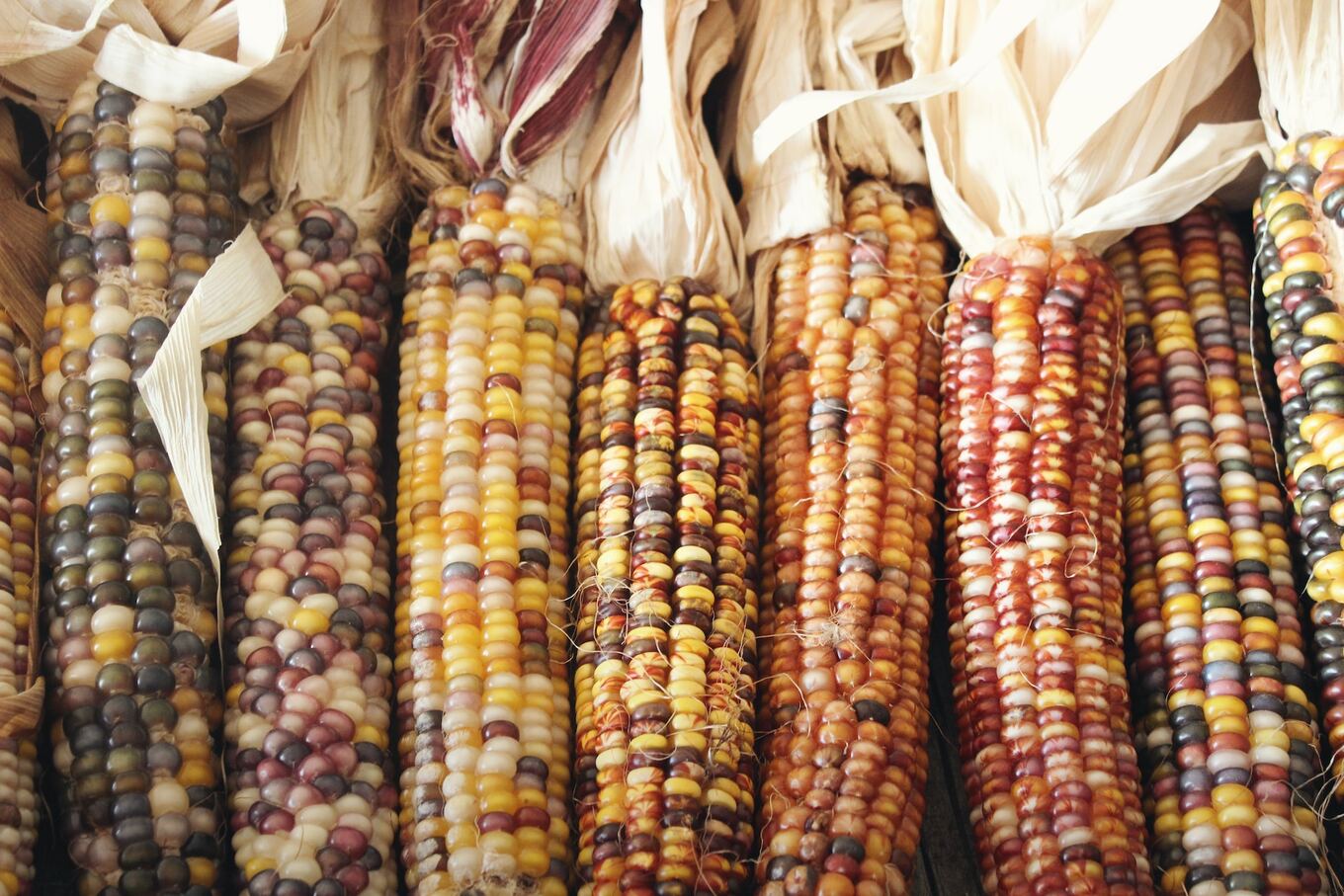 Unsplash
Unsplash
“It’s important that credit be given where it’s due; the practices we now praise as being good for food security and the environment were not dreamed up in a laboratory in the last decade or two,” notes the Climate Reality Project.
“They were born on the Plains, executed across Appalachia, and transformed desert spaces into oases long before colonizers stormed the shores of what is now the United States,” it continues. “They were developed by Indigenous people. And we are grateful.”
Can regenerative agriculture be applied to animals?
While regenerative agriculture practices are often applied to crops, some farmers are also applying them to animal agriculture.
For example, in Georgia, one farm called White Oak Pastures has moved away from industrial cattle ranching and instead aims to improve the health of the land by rotating organic chickens, pigs, and cattle. As a result, it has claimed that its grass-fed beef is carbon neutral because its healthy soil is storing more carbon than its cows emit in their lifetime.
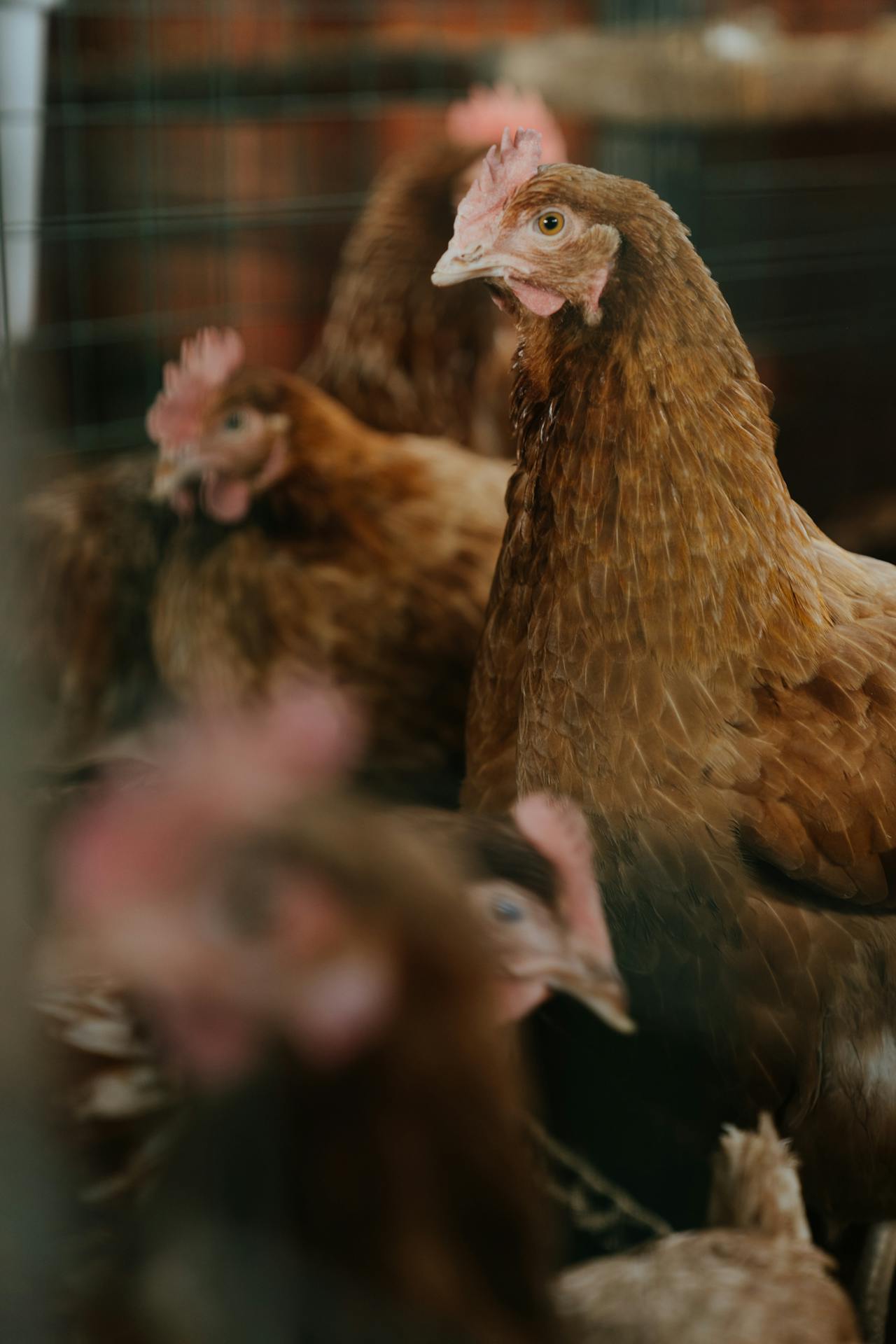 Pexels
Pexels
But that said, critics are keen to point out that any “low-carbon” steaks are still likely to have produced far more emissions than plant-based products. Beef is an industry notorious for potent methane emissions, and so it’s arguably never going to be better for the planet to pick up a hamburger over a block of tofu.
In 2022, the Environmental Working Group called the idea of low-carbon beef as “nonsensical” as the idea of “low cancer” cigarettes. “No food produces more greenhouse gas emissions than beef,” it explained. “Even lamb results in half as many emissions, pound for pound, as beef, according to the most recent estimates.”
Is vegan, regenerative agriculture the answer to a healthy food system?
Many experts believe that a beef-free, plant-based food system is the answer to a healthy future of food. In 2018, for example, the largest-ever food production study, conducted at the University of Oxford, concluded that going vegan was the single-biggest action a person could take to reduce their impact on the planet.
And if this food is grown with regenerative practices, which nourish the soil, this is only going to benefit the planet even more.
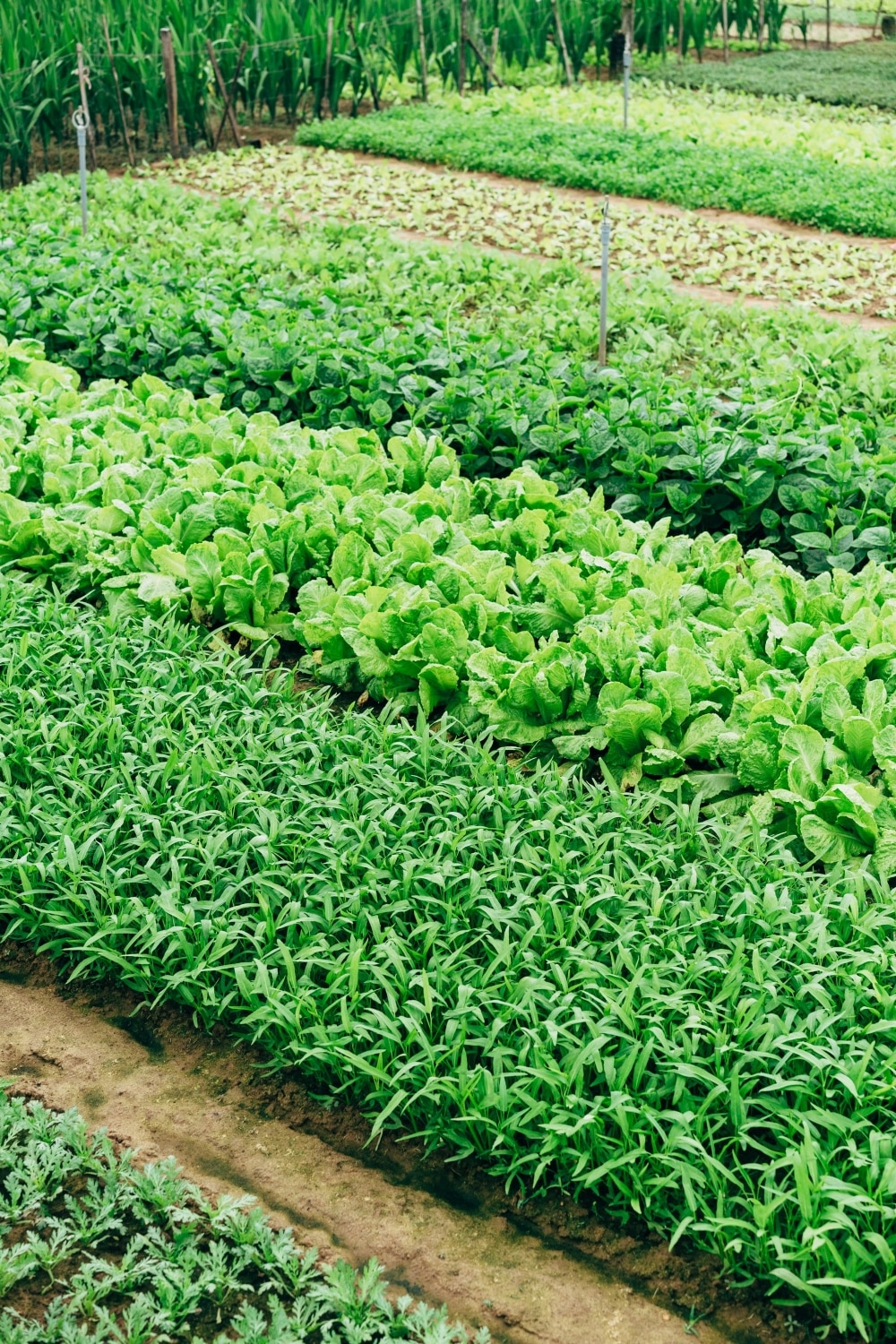 Unsplash
Unsplash
This idea is supported by Monbiot, who has extensively researched the idea of “holistic” or “regenerative” farm animal grazing, and even interviewed some of its biggest proponents. In his eyes, the only healthy future of farming is one that doesn’t include animals.
“That vast expanse of pastureland, from which we obtain so little at such great environmental cost, would be better used for rewilding: the mass restoration of nature,” he notes.
“Not only would this help to reverse the catastrophic decline in habitats and the diversity and abundance of wildlife, but the returning forests, wetlands, and savannahs are likely to absorb far more carbon than even the most sophisticated forms of grazing.”
For more on food systems, read:
JUMP TO ... Latest News | Recipes | Guides | Health | Subscribe

